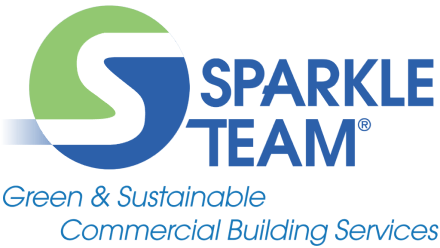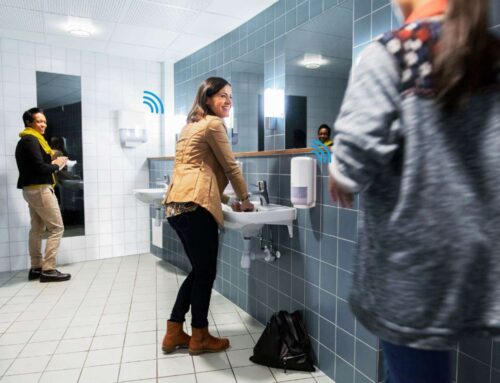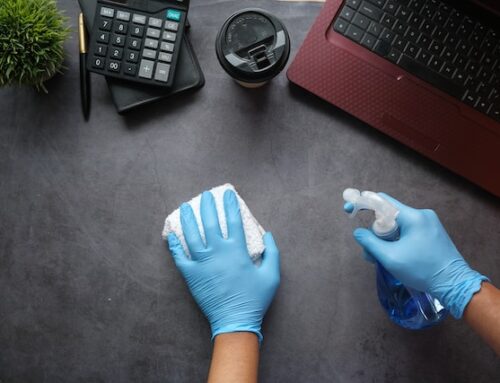Why your indoor air quality is poor, (and 3 simple ways to improve it.)
 Little ways to improve your indoor air quality (as well as your health)
Little ways to improve your indoor air quality (as well as your health)
Though nothing beats the great outdoors (especially in the Sunshine State), research shows we spent nearly 93 percent of our time indoors on average. That’s a lot of time breathing indoor air, which if not managed properly, can have serious impact on your health, aggravating ailments such as asthma, allergies and other respiratory issues. Well-designed circulation and filtration are essential, but you can also adopt these simple tweaks to support your building’s system and vastly improve your office’s air quality.
One Step Ahead
Though surprisingly low-tech, strategically-placed floor mats can have a major impact on your indoor air quality. Made with absorbent materials and hypoallergenic finishes, commercial floor mats trap debris from shoes, which reduces the number of allergens and pollutants circulating through the building. For the best results, install your mats both inside and outside entrances, as well as transitional areas such as halls, stairs and elevators. They will also require regular cleaning, so set up a schedule with your provider, following the manufacturer’s suggested guidelines.
Green Thumb
Sometimes nature knows best and this is certainly the case with plants’ impact on indoor air quality. Research shows plants can remove many airborne volatile organic compounds (VOCs) such as benzene, trichloroethylene and formaldehyde. They also naturally increase humidity and oxygen levels, which can improve breathing. Stick to broader, fleshier leaves for optimum benefits, and avoid flowering plants that could stimulate allergies. Make sure to wipe the leaves regularly and monitor water levels to maintain healthy moisture. Find out which plants work best for your office with our foolproof greenery guide.
Clean Solution
When preserving indoor air quality, choosing the right cleaning products and tools prove crucial. One study released this year shows the air pollution produced from products are beginning to rival cars. Common cleaning agents were cited as a major source of this increase. Instead, explore with your cleaning provider greener alternatives. Look for products certified by third-party programs such as Green Seal, EcoLogo, Safer Choice and GREENGUARD, or consider chemical-free options like engineered water. Also ensure your cleaning instruments are effectively trapping debris, rather than recirculating particles in the air. Super-absorbent microfiber is the most superior for surfaces, while HEPA vacuums are a must for safe carpet cleaning.




